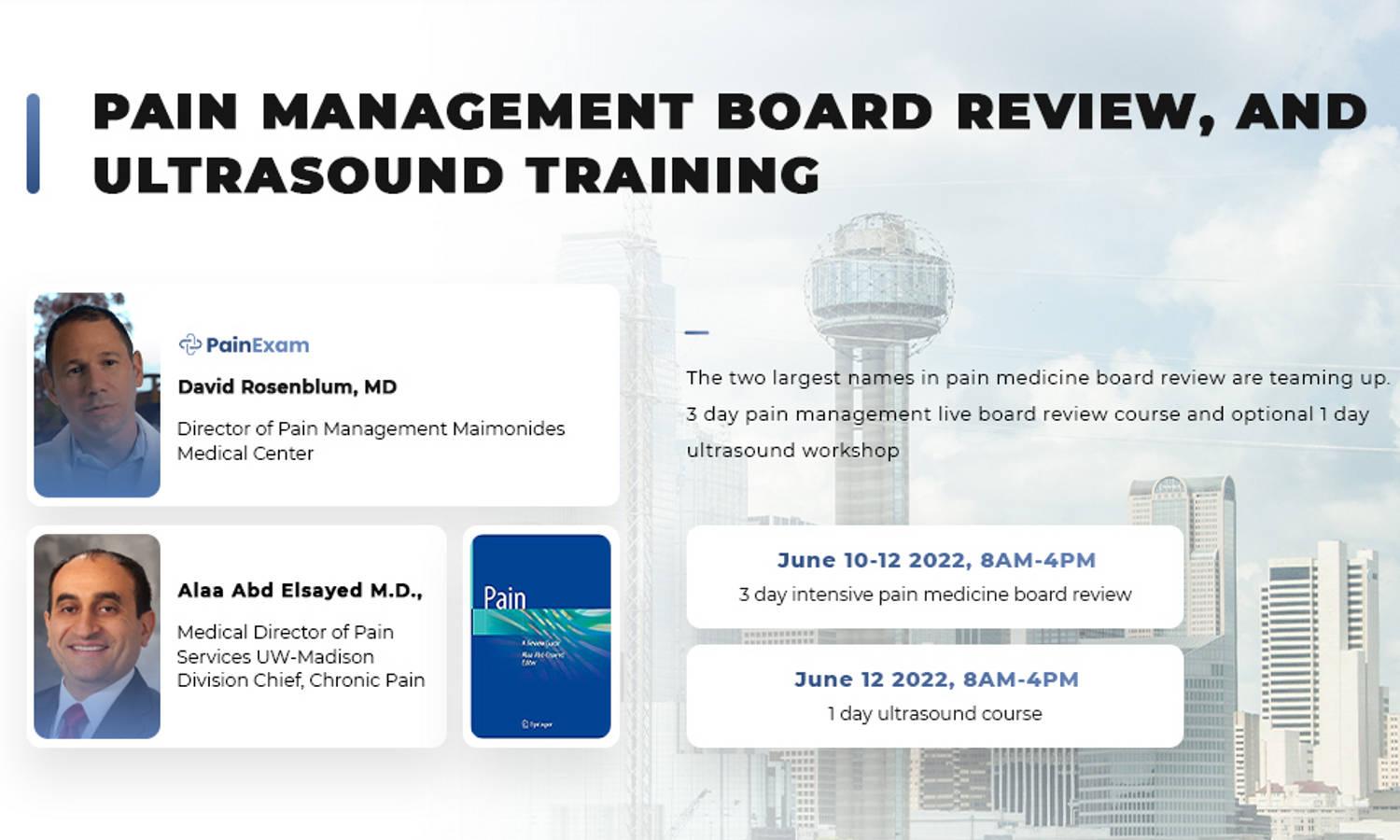
Deep Cervical Flexor Activation Course
 hosted byBrookbush Institute
hosted byBrookbush InstituteDeep Cervical Flexor Activation Course is organized by Brookbush Institute.
Course Description:
This course describes neck exercise for the deep neck flexor muscles; the longus coli, longus capitis, rectus capitis anterior and rectus capitis lateralis exercise (a.k.a. deep cervical flexor activation, deep cervical flexor training, or deep neck flexor activation). Performing retraction, which is a combination of upper cervical flexion and lower cervical and upper thoracic extension, may aid in targeting the deep neck flexors, as well as inhibit the superficial neck flexors (e.g. sternocleidomastoid). Further, cues to aid in posterior tipping and depression of the scapula, may aid in reducing activity of the superficial cervical extensors (e.g. levator scapulae and upper trapezius).
Behavioral Objectives
• Students will be prepared to pass a final exam by choosing from a list of potential answers to behavior-objective matched multiple-choice questions.
• Design a plan of care to increase activity and strength of the deep cervical flexor muscles
• List the joint action and function of the deep cervical flexor muscles as it relates to the cervical spine
• Identify implied deep cervical flexor muscle under-activity from the results of commonly used assessments (e.g. the deep cervical flexor endurance test, static postural assessments, and/or the Overhead Squat Assessment)
• Demonstrate optimal technique for deep cervical flexor activation, and suggest one possible progression based on a patient/client scenario
• Using knowledge of deep cervical flexor functional anatomy, suggest two form cues that are pertinent to deep cervical flexor activation exercise
• Deduce/synthesize a hypothesis regarding the effect this technique will have on outcome measures and the appropriate test for re-assessment.
• Design an intervention plan including these techniques with the intent of affecting an objectively measured functional outcome.
• Describe the functional benefits (including impact on performance, occupation or daily tasks) that may be expected from implementing the intervention plan.








